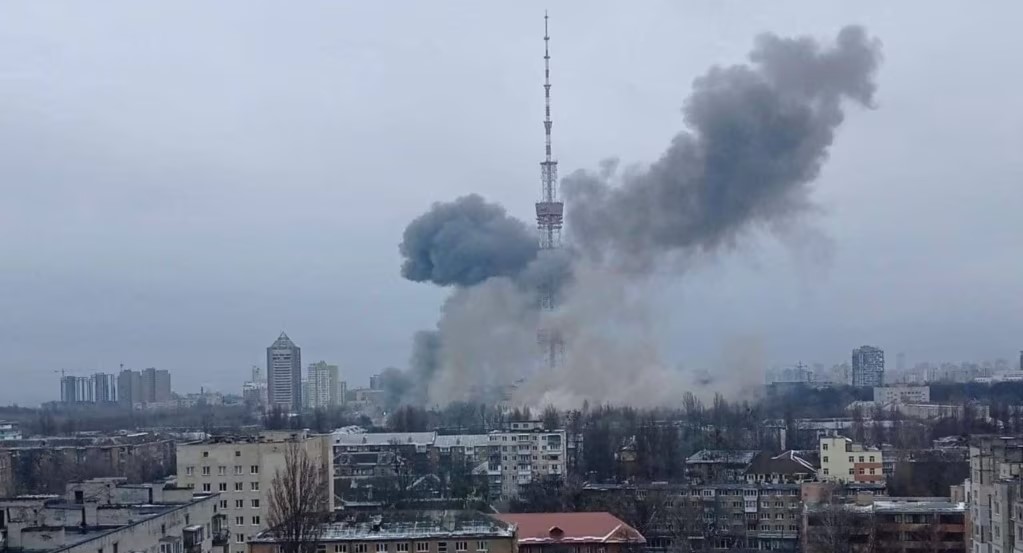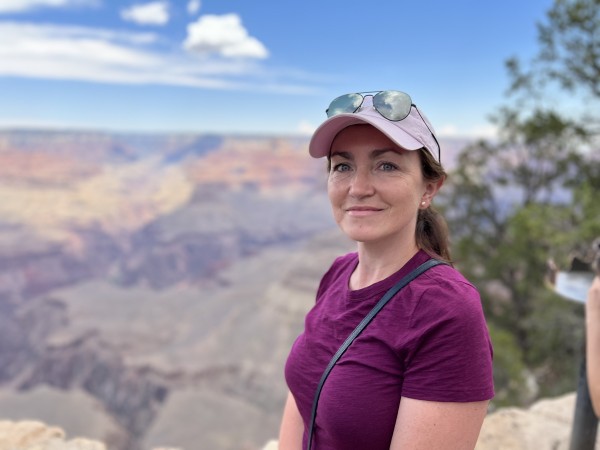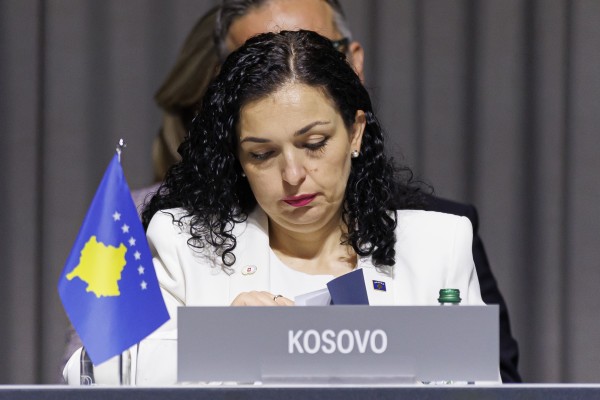Two years after the Russian bombing of the Kyiv TV tower on March 1, 2022, the International Press Institute (IPI) has filed a request with the International Criminal Court (ICC) urging it to investigate six dozen serious attacks on Ukrainian journalists and media as potential war crimes amid Russia’s war of aggression.
The 72 cases, which were documented as part of IPI’s ongoing Ukraine War Press Freedom Tracker, represent the most serious incidents targeting journalists or media outlets since the beginning of Russia’s full-scale invasion of Ukraine.
The list includes the bombing of the TV tower on March 1, 2022, which remains a symbol of the war’s devastating impact on the press. The bombing not only destroyed a crucial piece of media infrastructure in Ukraine, but also killed photographer Yevhenii Sakun, who was one of the first media workers to lose their lives in the war. At least 12 journalists and media workers have been killed in total.
The cases IPI is calling on the ICC to review include the killing and injuring of journalists in suspected targeted attacks, the shelling and targeted destruction of media infrastructure, major cyberattacks orchestrated to varying degrees of certainty by state authorities, as well as kidnapping and extrajudicial arrests of media workers.
The submission urges the Office of the Prosecutor of the International Criminal Court to examine each case in detail and investigate them as possible violations of Article 8 of the Rome Statute, which would constitute war crimes.
“Russia’s war of aggression has also been, from the outset, a war against the press”, IPI Deputy Director Scott Griffen said. “We call on the ICC to carefully examine these cases as potential violations of the rules of war and, where appropriate, hold those responsible to account.”
He added: “IPI continues to stand in solidarity with journalists working in Ukraine and we repeat our demand on Russia to respect international humanitarian law, which obliges states to protect journalists and other civilians in times of armed conflict.”



